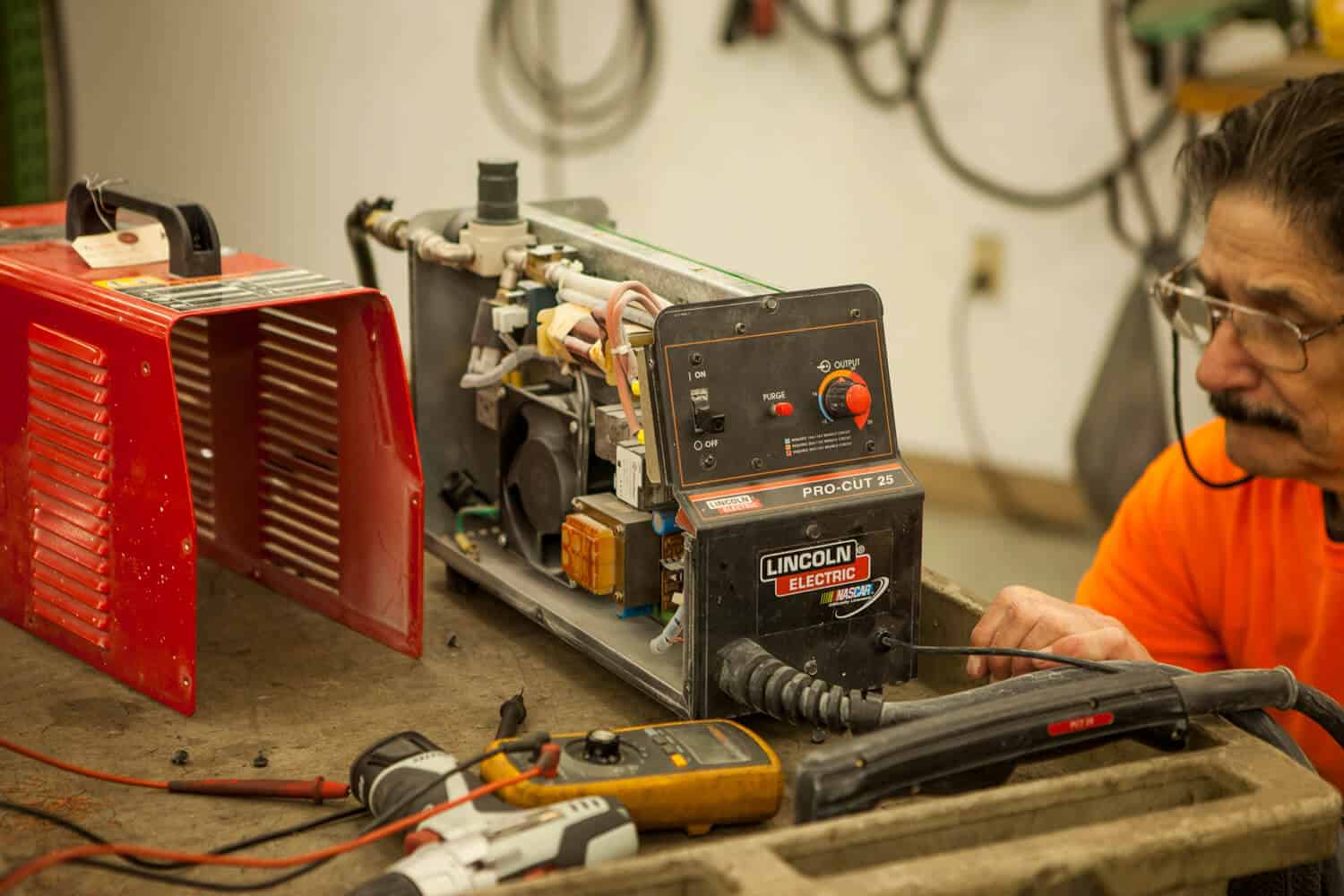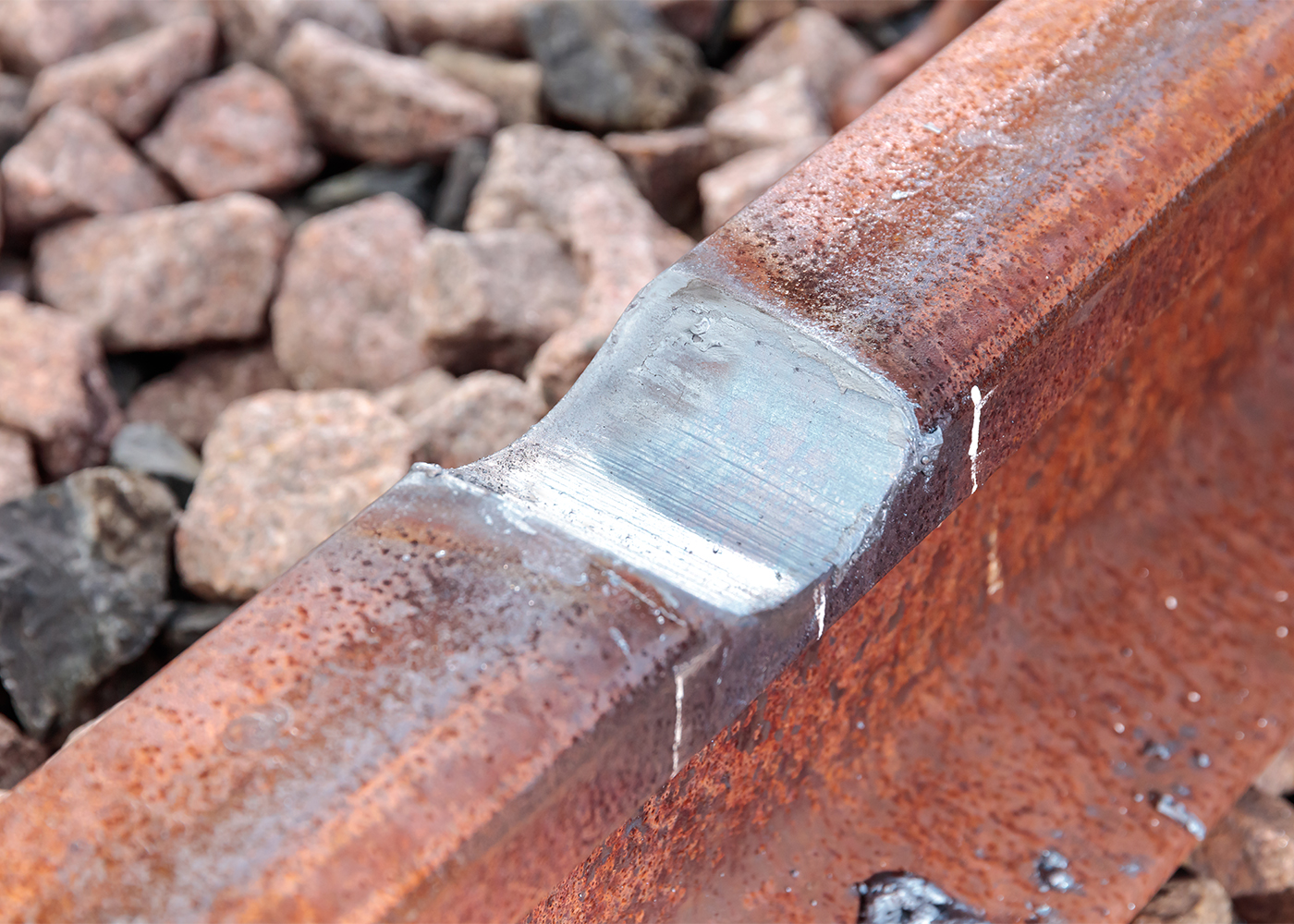Top 5 weld defects solved by Belgrade Welding experts
Everything about Welding: Secret Insights Into Techniques and Ideal Practices for Success
Welding encompasses a variety of techniques, each suited for particular materials and applications. Comprehending these approaches, such as GMAW, SMAW, and TIG, is necessary for achieving excellent outcomes. The best tools and safety practices can not be forgotten. As prep work and repairing play vital duties in the welding procedure, understanding these components can considerably boost the quality of the final product. What are the crucial variables that guarantee a successful weld?
Understanding Different Welding Strategies
Welding techniques incorporate a selection of approaches, each matched to specific applications and materials. Amongst one of the most common techniques are Gas Metal Arc Welding (GMAW), Secured Steel Arc Welding (SMAW), and Tungsten Inert Gas Welding (TIG) GMAW, additionally called MIG welding, is popular for its speed and flexibility, making it suitable for thin materials. SMAW, or stick welding, is preferred for its simplicity and efficiency in outdoor environments, particularly with thicker metals. TIG welding offers precision and control, making it ideal for intricate job and non-ferrous metals (Montana Mobile Welding and Repair). Each method has its one-of-a-kind advantages and considerations, allowing welders to pick the very best technique based upon the project's demands, product kind, and preferred results. Comprehending these strategies is important for successful welding
Vital Welding Equipment and Tools
While various welding methods require certain skills, the ideal devices and devices are similarly vital for attaining top quality outcomes. Necessary welding equipment includes welding equipments, which differ depending on the technique-- such as MIG, TIG, or stick welding. Safety gear, consisting of helmets, aprons, and handwear covers, assurances security and convenience during the procedure. Additionally, fixtures and clamps help protect products in place, making certain accuracy in welds. Consumables like welding rods, wire, and protecting gas are also important parts that influence the top quality of the weld. Tools such as mills and cutters help with surface preparation and post-weld finishing, contributing to a professional end result. Purchasing top quality tools ultimately enhances the performance and performance of welding projects.
Security Practices in Welding
Correct security techniques are necessary in the welding sector to secure employees from potential hazards. Welders have to put on ideal individual protective equipment (PPE), consisting of safety helmets with proper shading, gloves, and flame-resistant clothes. Adequate ventilation is crucial to reduce direct exposure to dangerous fumes and gases produced throughout the welding process. Additionally, employees must be learnt the appropriate handling of welding equipment to stop crashes. Fire precaution, such as keeping flammable products away from the welding area and having fire extinguishers easily offered, are necessary. Regular evaluations of devices and work areas can assist identify possible dangers before they cause crashes. By adhering to these safety and security techniques, welders can create a more secure working environment and decrease risks related to their profession.
Readying Products for Welding
Preparing materials for welding is a crucial step that considerably affects the high quality and integrity of the final product (Montana Mobile Welding and Repair Belgrade Welding). Proper preparation involves cleaning up the surfaces to get rid of impurities such as oil, dust, and corrosion, which can jeopardize the weld. Methods such as grinding, sanding, or utilizing solvents are typically utilized to attain a clean surface. In addition, ensuring that the products mesh well is important; spaces can bring about weak welds. It's likewise crucial to take into consideration the alignment and positioning of the elements, as this will certainly affect the ease of welding and the final outcome. Picking the appropriate filler product and guaranteeing compatibility with the base steels is vital for accomplishing solid, resilient welds.
Tips for Achieving High-Quality Welds
Achieving top quality welds requires attention to detail and adherence to ideal practices throughout the welding process. Appropriate joint prep work is crucial, making sure surfaces are cost-free and clean from impurities. Selecting the proper filler product and welding strategy based upon the base metals is crucial for ideal bonding. Maintaining constant travel rate and angle while welding can promote and avoid issues harmony. Additionally, managing warm input is important; extreme warmth can cause bending and damaged joints. Regularly inspecting the welds during the process allows for immediate changes if necessary. Utilizing ideal post-weld treatments, such as cleansing and stress and anxiety alleviation, can enhance the sturdiness and honesty of the weld, inevitably making certain an effective end result.
Fixing Typical Welding Issues
Welding often provides obstacles that can impact the top quality and honesty of the last product. Common concerns such as porosity, inconsistent weld beads, and overheating can occur, each needing details troubleshooting strategies. Comprehending these troubles is essential for welders to boost their abilities and accomplish suitable results.
Porosity Issues Described
Although porosity can often be overlooked, it continues to be a crucial concern in welding that can jeopardize the honesty of a finished product. Porosity describes the presence of tiny gas pockets within the weld bead, which can lead and compromise the joint to premature failing. This problem commonly occurs from impurities, wetness, or inappropriate protecting gas insurance coverage throughout the welding procedure. To mitigate porosity, welders should confirm that the base products are dry and clean, use proper securing gases, and keep consistent welding specifications. Consistently examining the tools and atmosphere can likewise help recognize potential issues prior to they materialize in the weld. Addressing porosity successfully is necessary for accomplishing strong, durable welds that satisfy top quality standards.

Irregular Weld Beads
Irregular weld grains can substantially influence the high quality and strength of a finished product. Various variables add to this problem, including improper traveling rate, incorrect amperage setups, and irregular electrode angles. When the welder moves as well swiftly, a grain may show up slim and lack penetration, while moving also slowly can create too much buildup. Furthermore, making use of the wrong amperage can lead to either undercutting or too much spatter, both of which compromise weld honesty. The welder's technique, such as irregular torch motion, can also bring about irregular bead appearance. To reduce these problems, welders ought to focus on preserving steady, regulated motions and ensuring appropriate tools setups to attain harmony in their welds. Uniformity is vital to attaining trustworthy and solid welds.
Getting Too Hot and Bending Issues
Extreme heat throughout the welding procedure can cause considerable overheating and warping issues, impacting the structural stability of the workpiece. These problems often manifest as distortion, which can endanger positioning and fit-up, making additional assembly testing. welding shops near me Variables adding to overheating consist of the selection of welding criteria, such as voltage and travel rate, along with the kind of material being welded. To minimize these issues, welders should maintain constant traveling speed and proper heat input while checking the workpiece temperature. In addition, preheating or post-weld warmth therapy can assist relieve anxieties triggered by fast air conditioning - Montana Mobile Welding and Repair Welding. Routine inspection and adherence to best practices are essential in protecting against overheating and making sure the durability and reliability of welded structures
Regularly Asked Concerns
What Are the Profession Opportunities in the Welding Market?
The welding industry uses varied profession chances, including positions as welders, assessors, designers, and educators. Specialists can function in manufacturing, building, aerospace, and automobile markets, gaining from solid demand and competitive wages in various roles.
Just How Can I Enhance My Welding Rate Without Compromising Top Quality?
To improve welding speed without giving up top quality, one need to try this web-site practice efficient strategies, maintain equipment, enhance settings, and enhance hand-eye control. Routine training and looking for responses can likewise substantially add to accomplishing much faster, high-quality welds.
What Qualifications Are Readily Available for Welders?
Numerous certifications exist for welders, including those from the American Welding Society (AWS), the National Facility for Building Education And Learning and Research Study (NCCER), and numerous industry-specific organizations. These credentials boost employability and show skill proficiency.
Just How Does Welding Impact the Characteristics of Metals?
Welding influences the residential properties of metals by altering their microstructure, which can lead to modifications in stamina, ductility, and firmness. Warmth input and air conditioning rates during the process greatly influence these product attributes.
Can I Weld Dissimilar Metals Together?
